
BEYOND ZERO
Our Beyond Zero Vision
Beyond Zero is Toyota’s vision to reach beyond carbon neutrality with our products, services and operations, and find new ways to make a positive impact on our planet and society. We currently offer more low and zero emission vehicles combined than any other automaker, to give customers numerous choices to reduce their carbon footprint.
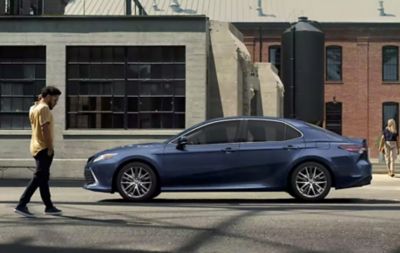 Hybrid Electric Vehicles start, refuel and handle like the gas-only Toyotas you already know and love—just with better mpg.
Hybrid Electric Vehicles start, refuel and handle like the gas-only Toyotas you already know and love—just with better mpg.
Even though they run on a combination of gas and battery-powered electric motor(s), they don’t use a plug to charge their battery. Instead, they recycle the kinetic energy captured from the vehicle’s braking motion to recharge on their own.
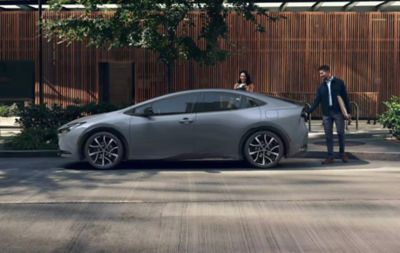 Plug-in Hybrid Electric Vehicles run just like hybrids, using a combination of fuel and battery-powered electric motor(s), but thanks to their larger battery pack, they can run farther on electric power alone.
Plug-in Hybrid Electric Vehicles run just like hybrids, using a combination of fuel and battery-powered electric motor(s), but thanks to their larger battery pack, they can run farther on electric power alone.
When your Plug-in Hybrid EV’s battery uses up its charge, it carries on like a regular Hybrid EV, using a combination of gas and energy stored from the vehicle’s self-charging battery system to power it. When you’re ready, plug it in to recharge it and return to the efficiency of operating on all-electric power.
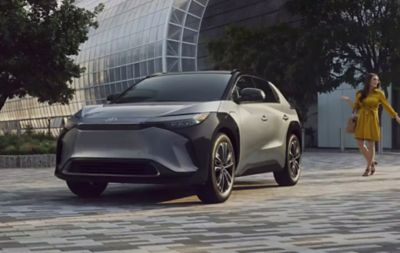 These pure Electric Vehicles replace gasoline and combustion engines with battery-powered electric motors, providing smooth and almost instantaneous torque.
These pure Electric Vehicles replace gasoline and combustion engines with battery-powered electric motors, providing smooth and almost instantaneous torque.
They use the same self-charging technology of our Hybrid EVs to harness kinetic energy generated from the braking motion of the vehicle, but source the rest of their power when you plug them in and charge them up.
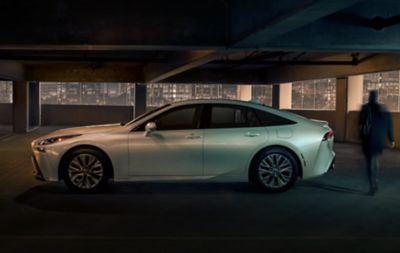 Fuel Cell Electric Vehicles combine stored hydrogen with oxygen from the outside air to generate their own electric charge to power the motor.
Fuel Cell Electric Vehicles combine stored hydrogen with oxygen from the outside air to generate their own electric charge to power the motor.
Refueling a Fuel Cell EV is similar to refueling its gas-powered counterparts by using a pump and a nozzle—just with hydrogen instead of gasoline. As for its emissions? Nothing but water from the tailpipe.
Electrified Diversified and Beyond
Producing a diverse range of electrified vehicles moves us closer to our Beyond Zero vision because it helps us to maximize our use of limited battery resources, and in turn reduce carbon emissions. For example, while Battery EVs have some of the lowest carbon emissions compared to their hybrid and gas counterparts, the same amount of battery resources used to produce one Battery EV can produce 90 Hybrid EVs, resulting in an overall greater reduction of vehicle carbon emissions in the short term.


Beyond Zero
Designed To Drive Change
The Power Of Choice
Going Above And Beyond
Our Beyond Zero Future
The 2023 Mirai
At the core of Mirai, hydrogen from the fuel tank and air entering from the intake grille meet in the Fuel Cell Stack. There, a chemical reaction involving the oxygen in the air and hydrogen creates electricity, powering Mirai. In the end, the only by-product is water.
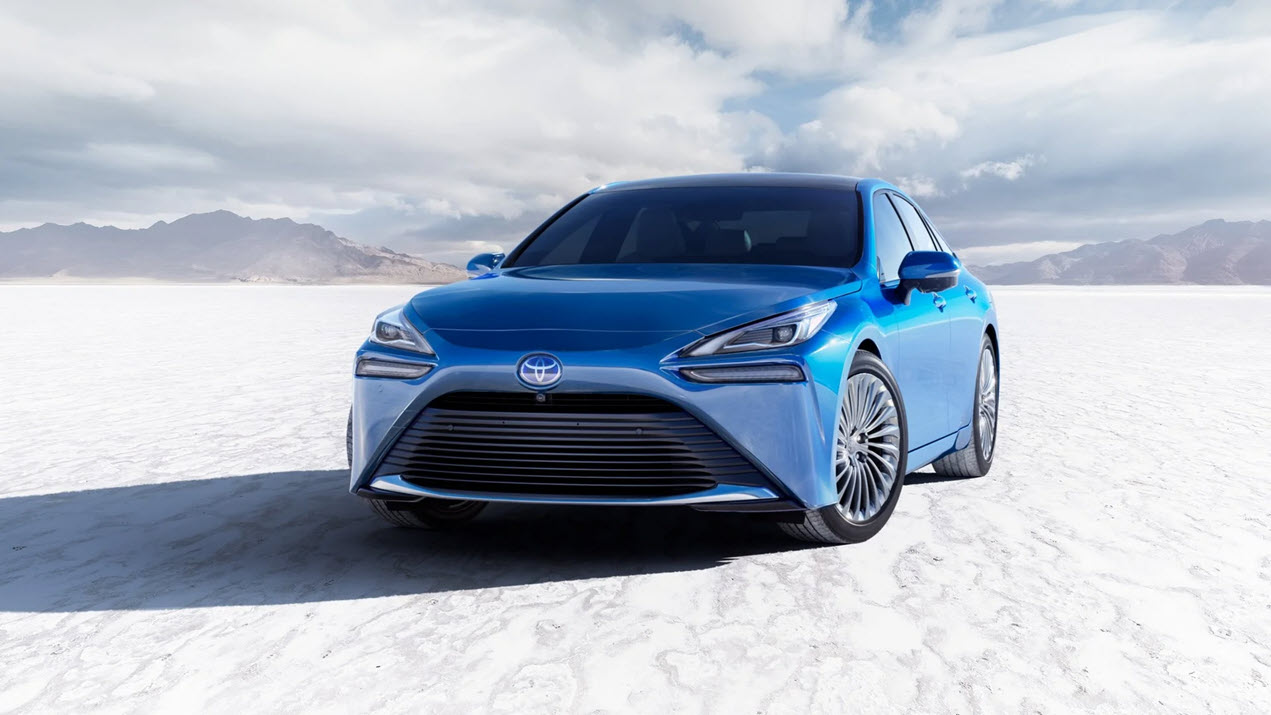
DESIGNED FOR THE FUTURE
Key Elements of Our Beyond Zero Vision
We want future generations to continue to enjoy the natural wonders of our world. That’s why our efforts toward our Beyond Zero vision are not solely focused on reducing carbon emissions; they’re also about helping conserve our natural resources, reducing waste throughout our operations, and finding ways to make a positive impact.
Carbon
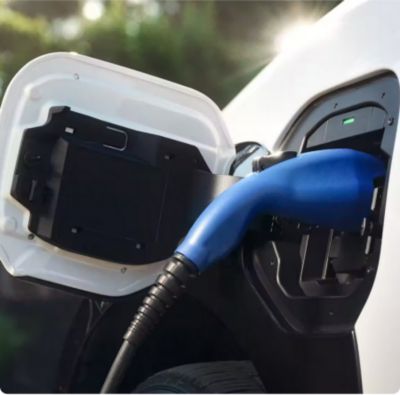
Water
Materials
Biodiversity
Power in Numbers
Electrified Vehicles Sold by Toyota Globally in 2022
2.73 Million
Waste Recycled, Reused or Repurposed in 2021
93%
Toyota Models With an Electrified Option
78%
Total Renewable Electricity Purchased in 2023
380,688 MWH
Pollinator Habitats Developed in North America With Our Support
26,000 Acres
Water Saved Every Year by Just One of Our Assembly Plants
23 Million Gallons

